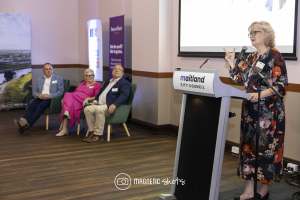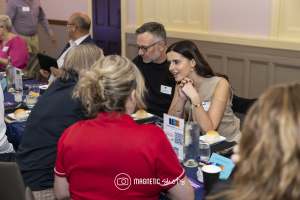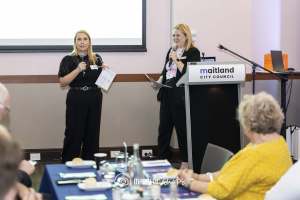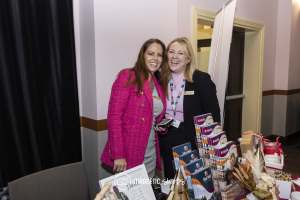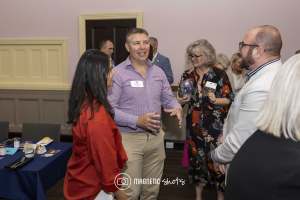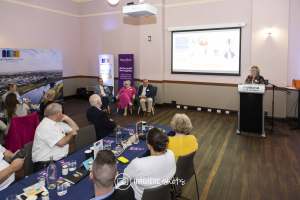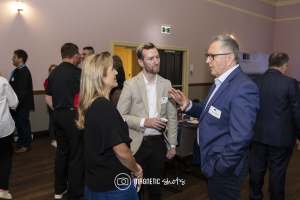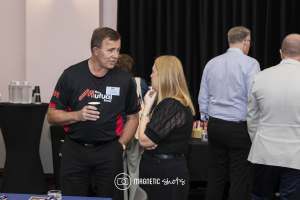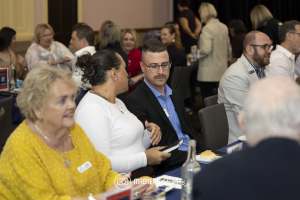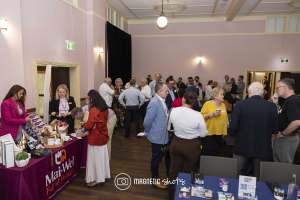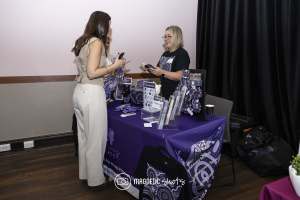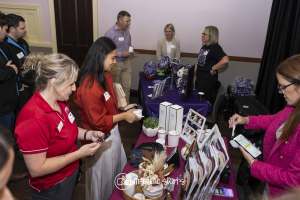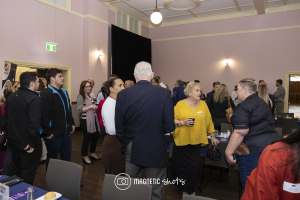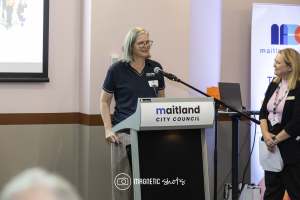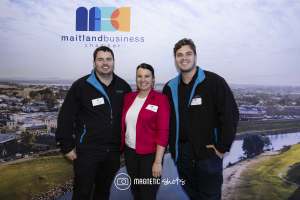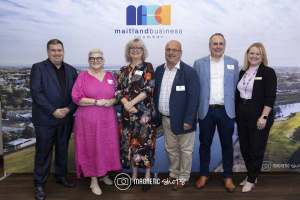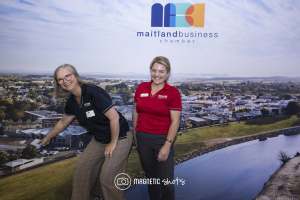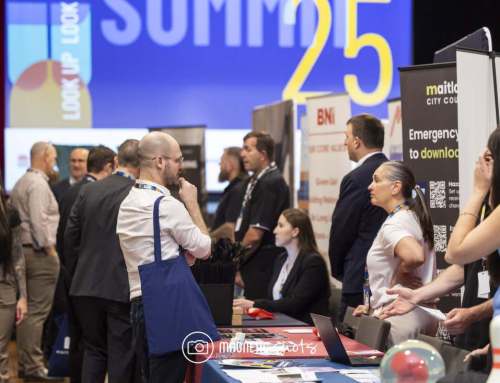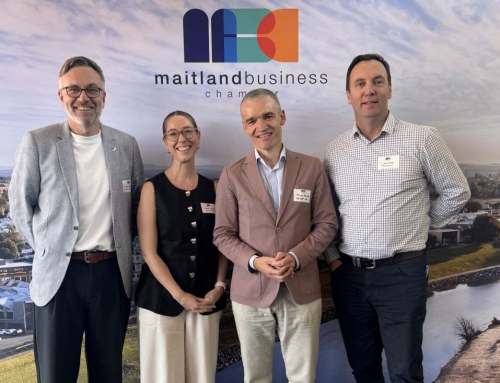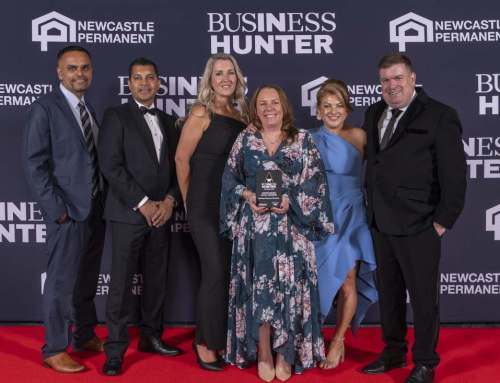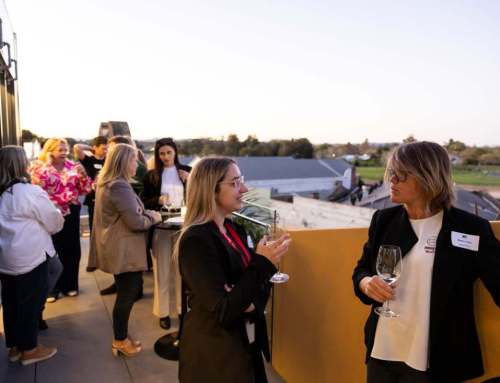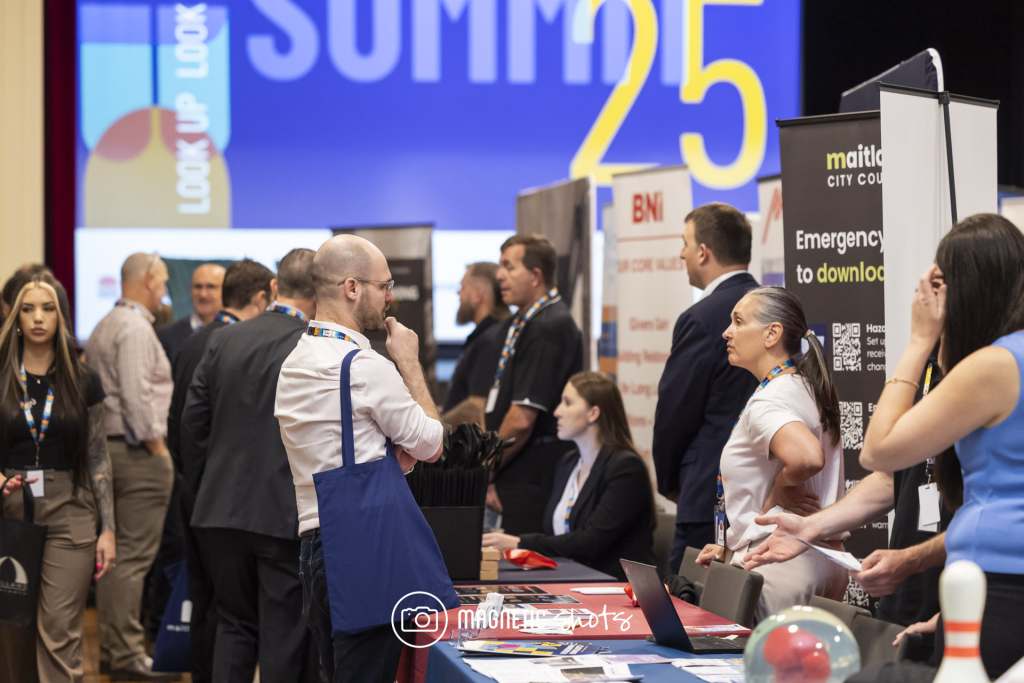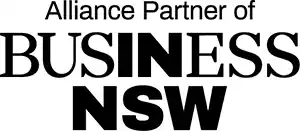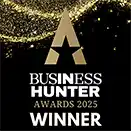Chamber News
Follow Us
WHERE BUSINESS MEETS IMPACT – Event Wrap Up
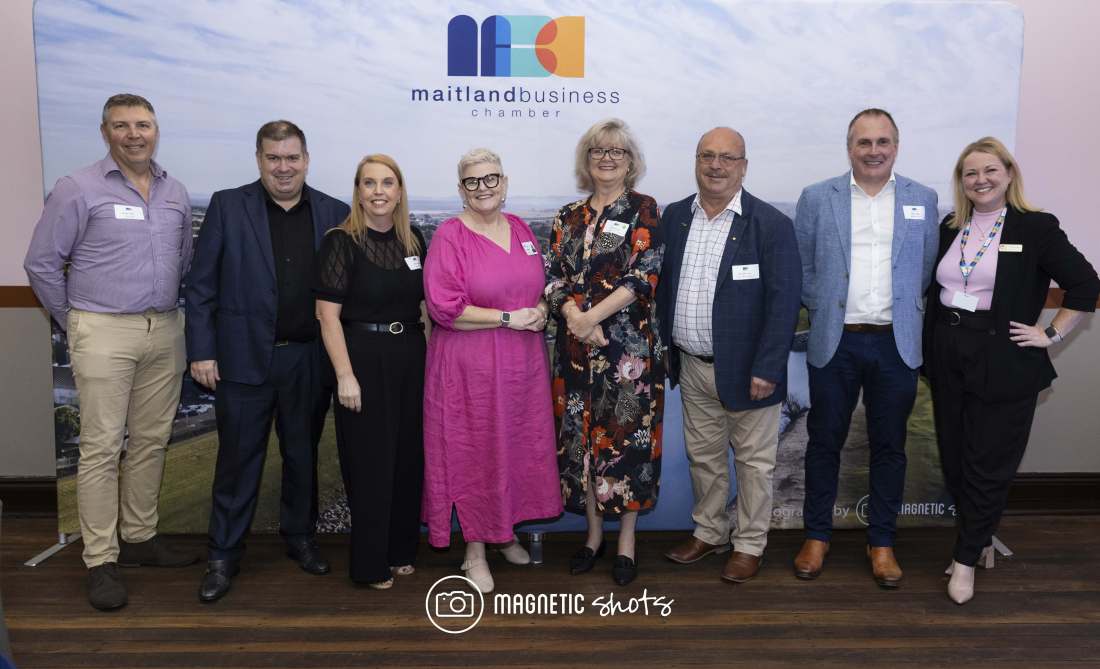
Last Friday, the Maitland Business Chamber brought together local businesses and not-for-profit organizations for an inspiring luncheon focused on one big question: how can we work together to strengthen our community and build the “Connection Economy?”
The day commenced with a few words from Beyond bank as our Major Event Sponsor. Kylie Daniels emphasized the importance of giving to local communities including their Double Donation campaign, where every dollar donated to participating charities during a set 48-hour period is matched by the Beyond Bank.
In 2025, the campaign supported 16 charities across Australia, including locally, Carrie’s Place. This initiative effectively doubles the impact of donations, helping these charities deliver critical services in areas such as disability support, domestic violence prevention, mental health, and community resilience.
We were then privileged to hear from an incredible panel of leaders making a real difference every day.
Coralie Nichols, Facilitator – CEO, Ian & Shirley Norman Foundation, Embrace People & Place
Claudia Tolhurst, Executive Officer, Hunter Melanoma Foundation, and
John Cleary, CEO of The Mai-Wel Group
Richard Jones, Head of Community Engagement, Westpac Rescue Helicopter Service
The conversation opened with some powerful examples of how businesses can create real impact by supporting not-for-profits, and it’s clear that this impact goes far beyond financial contributions. These partnerships strengthen the very fabric of our society, shaping the structure and resilience of our communities. When businesses and charities work together, they don’t just deliver services, they enhance overall wellbeing, foster inclusion, and build a stronger, more connected future for everyone.
Claudia highlighted how the Hunter Melanoma Foundation invests $10,000 in a pop-up skin check clinic; a small cost compared to the estimated $19 million the health system would face if those cancers progressed to Stage 4. It’s a compelling reminder of how not-for-profits fill critical gaps and build healthier, safer communities.
Coralie Nichols shared the vital work of “Embrace People & Place” and their involvement supporting women transitioning from incarceration. Their involvement begins six months prior to release and continues for two years afterward, helping people secure housing, employment, and a sense of belonging. Without this support, rehabilitation becomes more challenging, and the broader community may miss out on the benefits of successful reintegration.
The discussion then shifted to Richard Jones, who demonstrated that corporate partnerships extend far beyond branding. Westpac has been the naming rights sponsor of the Westpac Rescue Helicopter Service since the service began in 1975, making it one of Australia’s longest running and most valued community partnerships. But Richard’s focus wasn’t on longevity or logos; it was on values alignment. He emphasized the importance of not-for-profits opening their doors and inviting businesses to see their work firsthand. This transparency helps ensure that both the organization and its partners share common values and a genuine commitment to impact.
John Cleary also had some clear messaging in relation to the guardrails of not-for-profit partnerships:
Not-for-profits should not be used to repair the reputation of a business, and charities should not view businesses to rescue a charity’s bottom line. True collaboration is about shared values and mutual impact—not optics or financial dependency.
John also reminded us of the value of in-kind contributions. In-kind support plays a huge role for The Mai-Wel group, whether that is engaging in Mai-Wel’s services, collaborating on programs, or providing opportunities that help people gain skills and employment through the Mai-Wel Employment Pathways programs.
Continuing the Conversation: Guardrails for Business–Charity Partnerships

